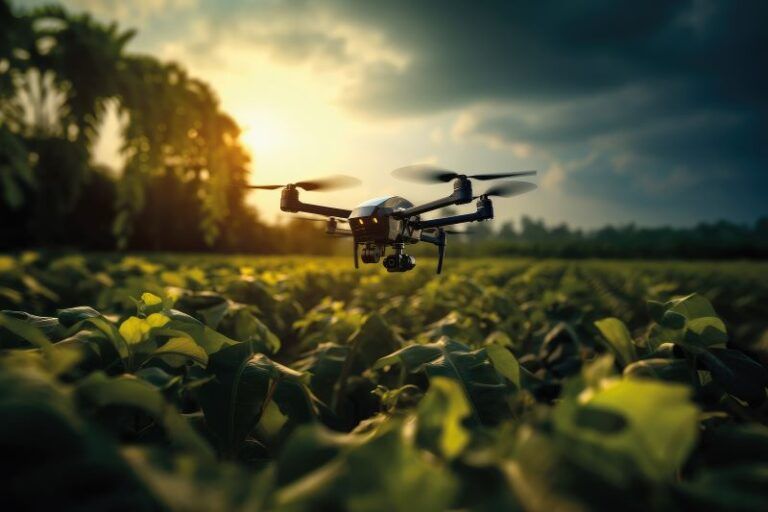Sometimes small innovations can make the largest impacts. Take drones, for instance.
Small uncrewed aircraft systems (sUAS) – compact machines with a weight under 55 lbs (25kg) – are transforming the way we view and map the world, grow food, conduct search-and-rescue missions, manage disasters, inspect infrastructure and transport goods, among other tasks. However, their small size makes them highly susceptible to their environment. Small changes in the weather can have huge implications for sUAS missions.
Gaining a better understanding of the weather that impacts sUAS is a challenge that my colleagues at Embry-Riddle Aeronautical University in Florida, USA and I have been working on for years. No weather factor of concern looms larger than the wind. On the ground or in the air, wind is often observed using a variety of flow sensors. However, my colleagues and I recently made a striking realization. By using GPS and a simple compass, winds aloft can be measured with high fidelity, and drone flight can become far more predictable and, ultimately, a safer activity.
The Wind-Arc method as we’ve termed it, undertakes a fundamentally different approach to estimating wind using the vehicle as a sensor. Rather than using a flow sensor or measuring thrust or drag forces, our strategy estimates wind vectors during small turning maneuvers that still allow the sUAS to make its way efficiently to its intended destination.
My colleagues, Dr Marc Compere and Professor Avinash Krishnan Muthu and I have shown this method, which was recently published in the journal Drones to effectively observe the wind in both simulation and during flight. With no special instrumentation or vehicle-specific knowledge required, this strategy opens up the possibility to crowdsource data from UAS operators all over the world and improve our awareness of the weather at microscales.
At Embry-Riddle, this is just the tip of the iceberg when it comes to drone research. My colleagues and I are continually working to push UAS technology forward in a variety of fields – such as wildlife tracking/conservation, 3D mapping of historical sites, air quality monitoring and emergency services. We recently accomplished flights on campus with the goal of pushing drone-based package delivery forward in urban settings – and fellow researchers are working on a US$1.4 million NASA grant to make Urban Air Mobility vehicles quieter.
Whatever the innovation, our goal is to give students hands-on roles in these projects to help develop a highly skilled workforce. While the drone industry is indeed booming, it is also still in its infancy. Therefore, we need to celebrate our wins today while continuing to cultivate the next generation of talent. These future innovators, operators, instructors and changemakers are eager to embrace uncrewed flight, and as someone who works with them daily, I’m confident that their passion will translate into progress for all.





